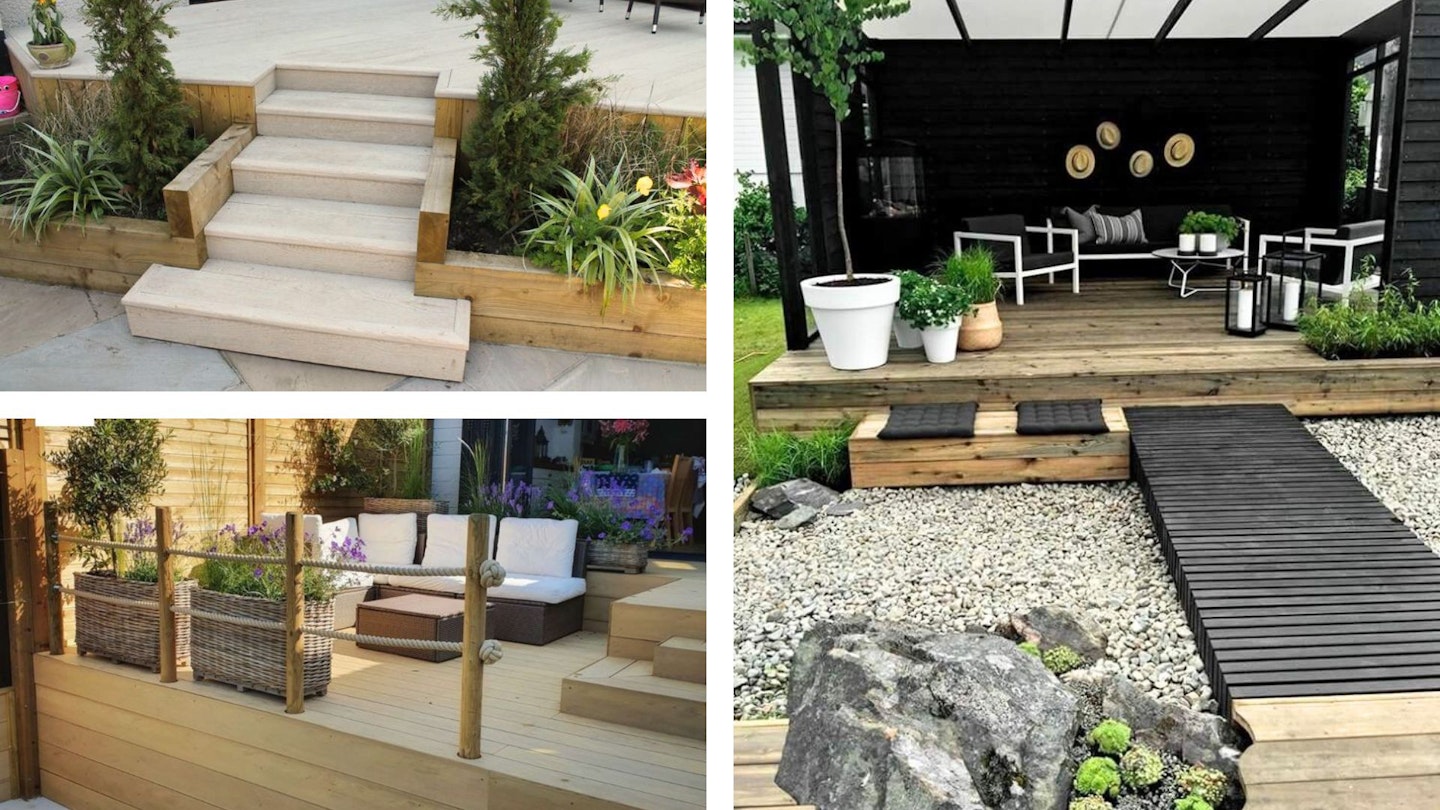If you’re considering investing in some raised decking for your garden, or simply want to brighten up your existing decking, here’s some useful tips on how to go about it, as well as some inspiration on how to deck out your garden!
First, it’s important to consider the size of your garden. Experts at Garden Buildings Direct advise that you “make sure you carefully plan how much of your garden you want to cover with decking… Too little and you won’t have enough space to fit furniture and planters on. But too much and you can lose the natural feel of the garden — leaving no space for wildlife to flourish.” That isn’t to say those with smaller spaces cannot have decking, but you may be looking at different styles than those with more room. Be sure to give thought to the area you want your decking to cover and how tall you want it to be.
Once you have decking, don't forget that you must take care of it to help it last- this includes regularly cleaning with decking oil.
1. Varied heights
Having decking with sections at different heights adds a dramatic effect to your decking. A tiered garden is not only eye-catching, it also helps to portion out the space- for example, one area can be for barbecuing, one acts as a play area, one is for al fresco dining, etc. This is especially suited for those with sloped gardens. Alternatively, if you’re working with levelled ground, you can add steps between layers.
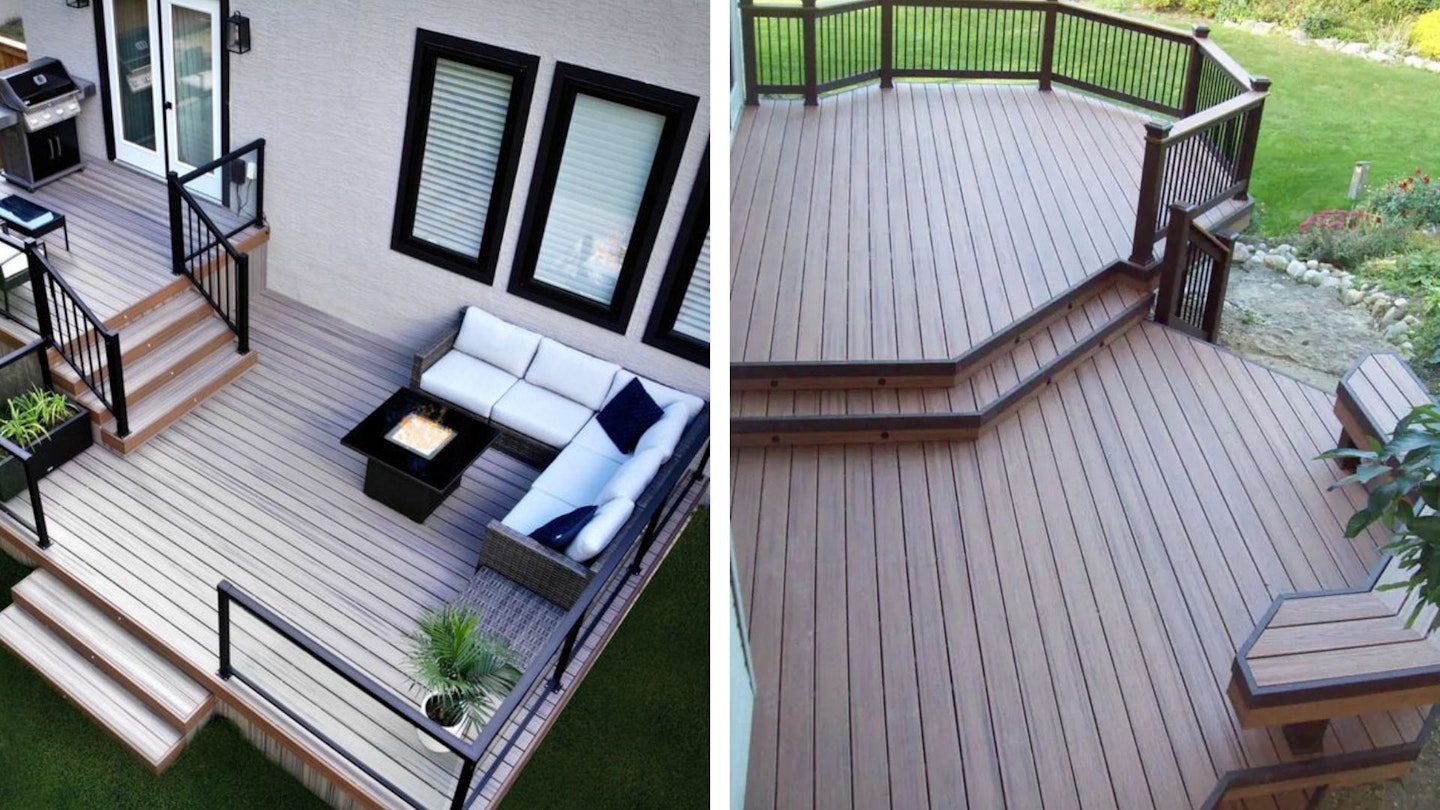
2. Patterned decking
Try getting creative with the pattern that you lay your decking. A chevron or herringbone pattern is always eye-catching and helps a small space look larger. CMO of TimberTech, says: “A herringbone pattern is rich in visual interest and immediately elevates the style of your outdoor living space… pattern can also serve as an intricate focal point when used as a framed inlay.” Similarly, Leigh Barnes from Jacksons Fencing suggests: "Install decking boards in the opposite way to the direction of travel. This will increase the slip resistance and give you more grip." Using composite decking opposed to wooden decking will also help with grip if you’re worried about slippery decking. Composite decking is made of a combination of resin and reclaimed wood fibres, it requires less maintenance and does not crack or splinters as much as wood, and the colour won’t fade as quickly as wooden decking as it’s UV stable.

3. Mix decking with stone
This follows on from the idea of pattern mixing to create contrast. If you’re completely opposed to wooden or composite decking, why not try tiles? Fiona Jenkins, a gardening expert at MyJobQuote, writes: “You may want to consider opting for deck tiles rather than decking boards for a completely different and unique design. Line up your decking tiles if you want to achieve a horizontal design, or go for an eye-catching checkerboard-style effect by aligning vertical and horizontal deck tiles.” This works great if you already have wooden fences and don’t want to be overwhelmed by wood. Mixing materials in a garden can give it that modern luxurious feel, so try having both and mix your wooden decking in between your stone paving. You can place flower beds in the middle to create a focal point, or plant them on the outskirts of the garden to frame the deck. Don't forget, stone patios need to be taken care of with patio cleaner if they're going to remain in good condition.
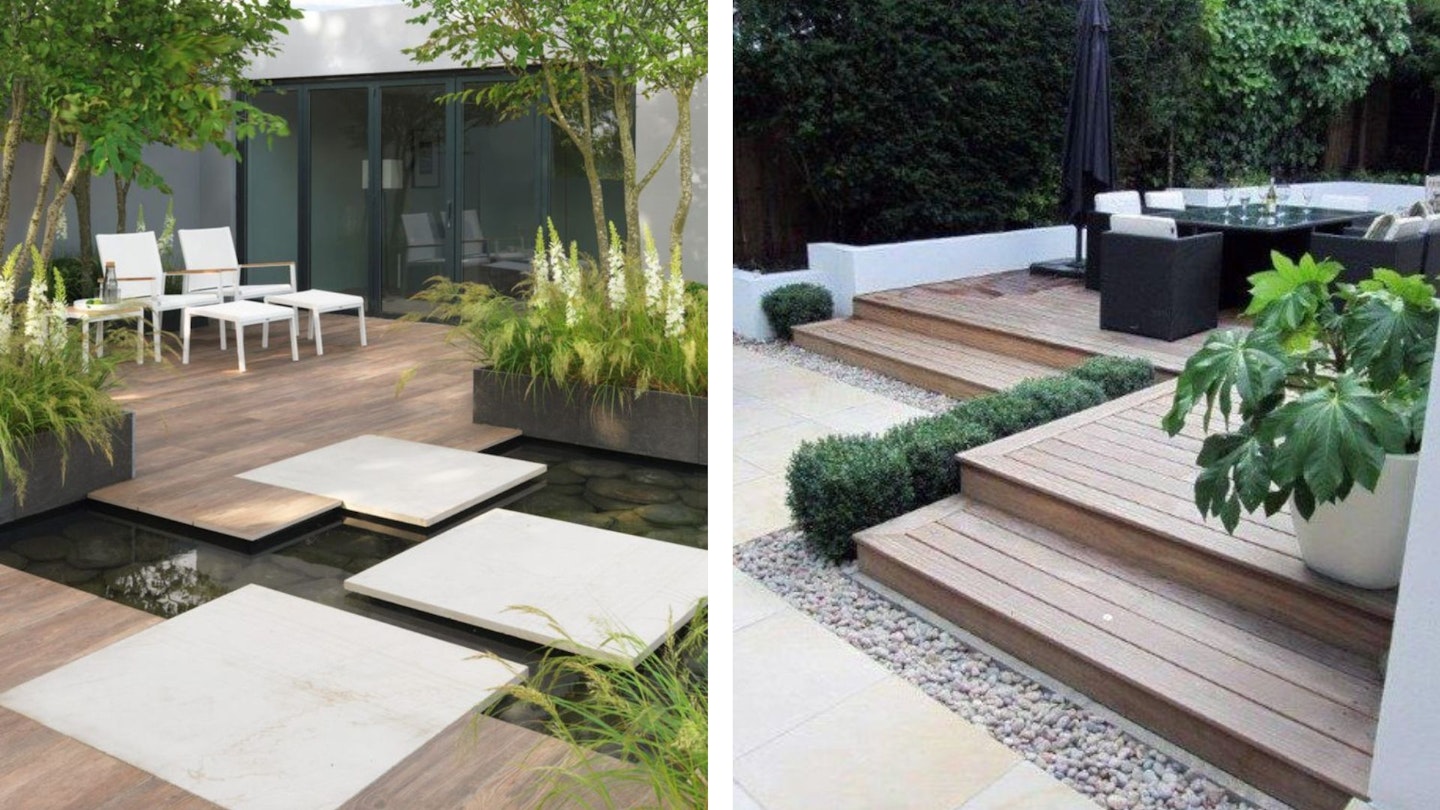
4. Mini-decking
If you’re working with a smaller space, you’ll still have plenty of options for decking. Try a smaller raised deck to create a seating or outdoor dining area. This detail will help section out your space and will soon become your favourite corner of the garden.
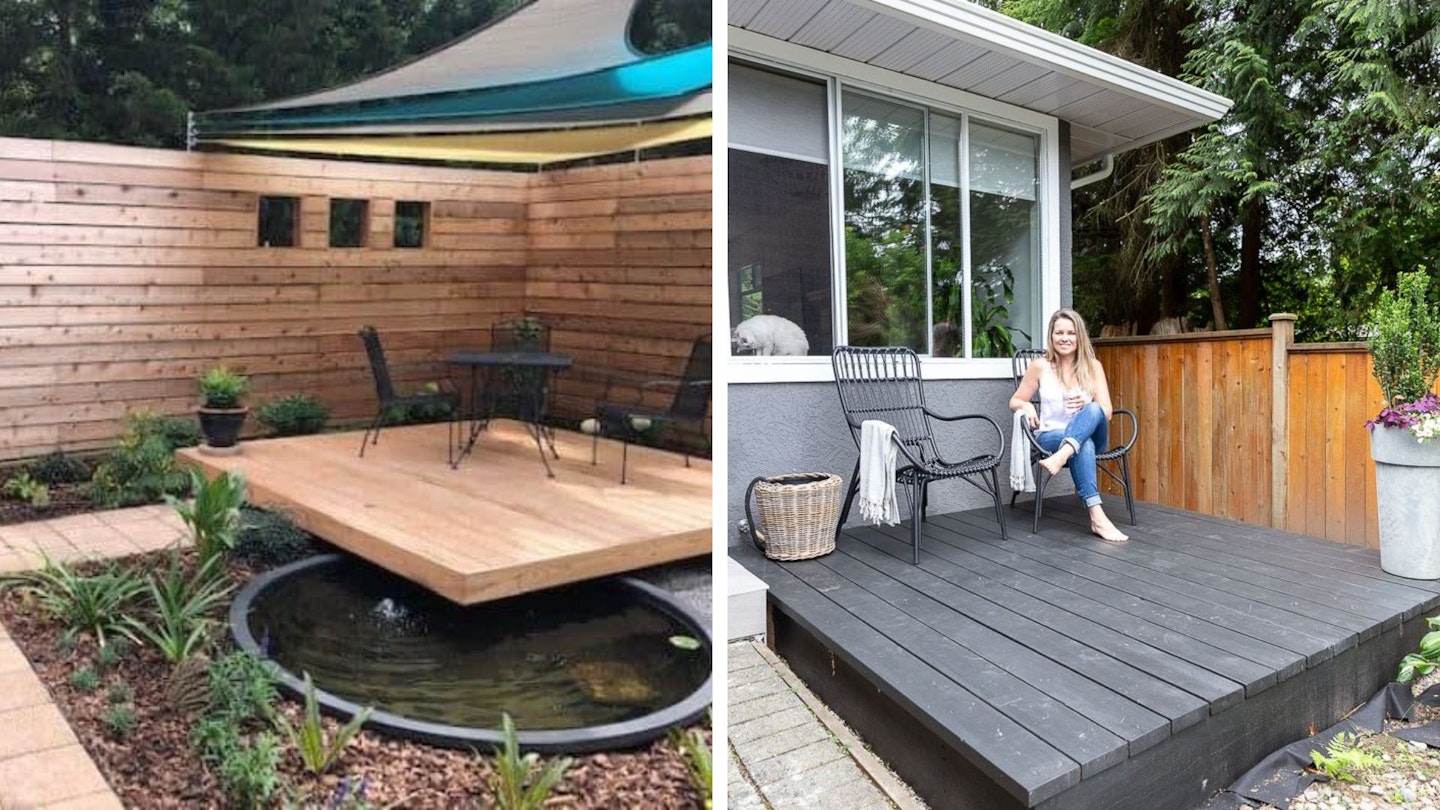
5. Sheltered decking
Constructing pillars and an awning over your decking can create a secluded area. A pergola can also create a shaded walkway over your decking if you have a sun-soaked garden. The pillars also add a bit of drama to an otherwise tedious garden design. Another great idea is creating a gazebo or pergola with your decking.
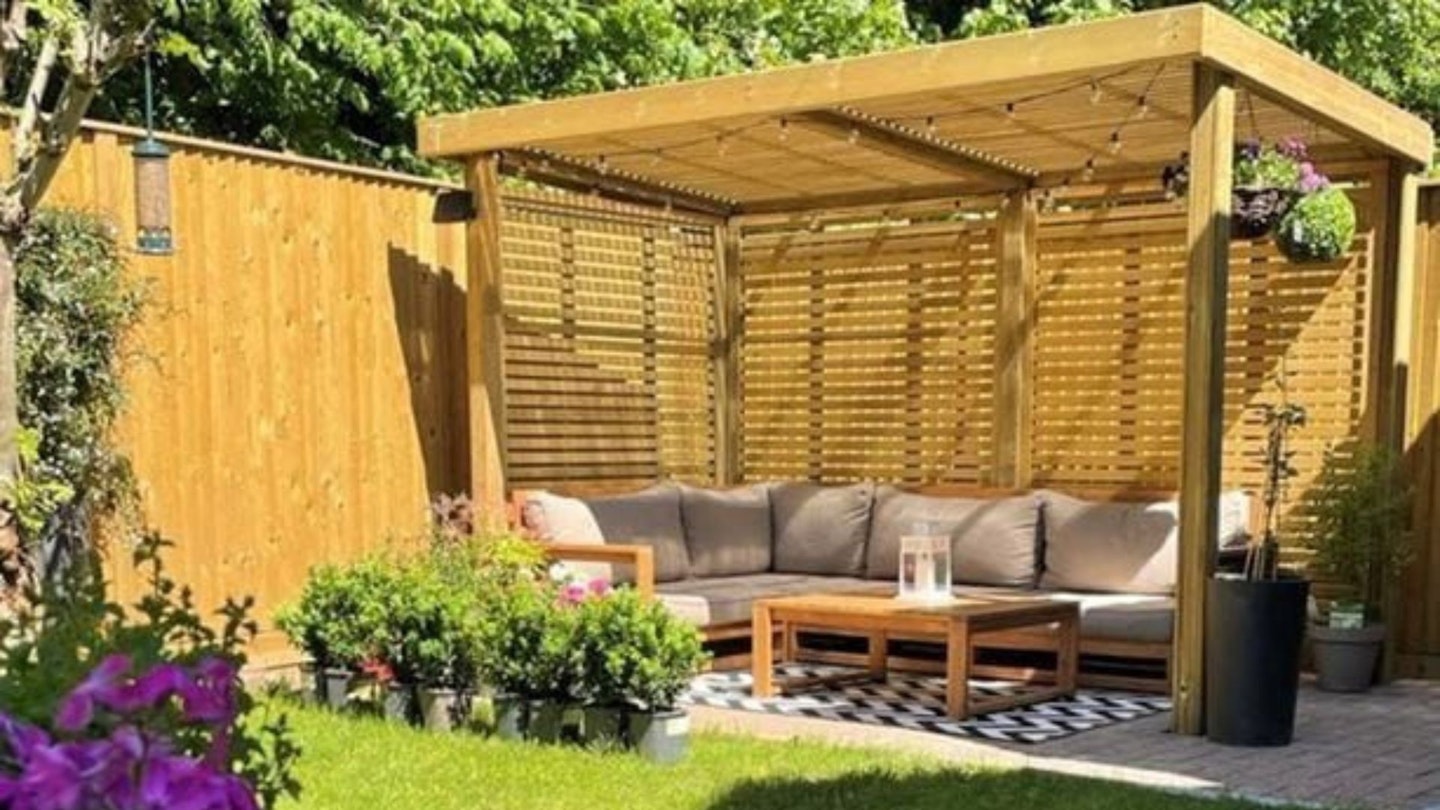
6. Curved decking
If you’re working with a smaller space, a curved decking can slot into your garden design and take up much less room. If size isn’t an issue, you may still want to consider meandering decking as it still makes for a striking addition. Leslie Adkins of Trex says: “Curves add character to any setting and create a truly custom look.” Trex also noted: “Contractors are already reporting increased demand for arched windows, doors, and openings, along with curved footprints for porches, decks, and walkways for landscaping,” meaning curved decking could be the latest trend in garden design.
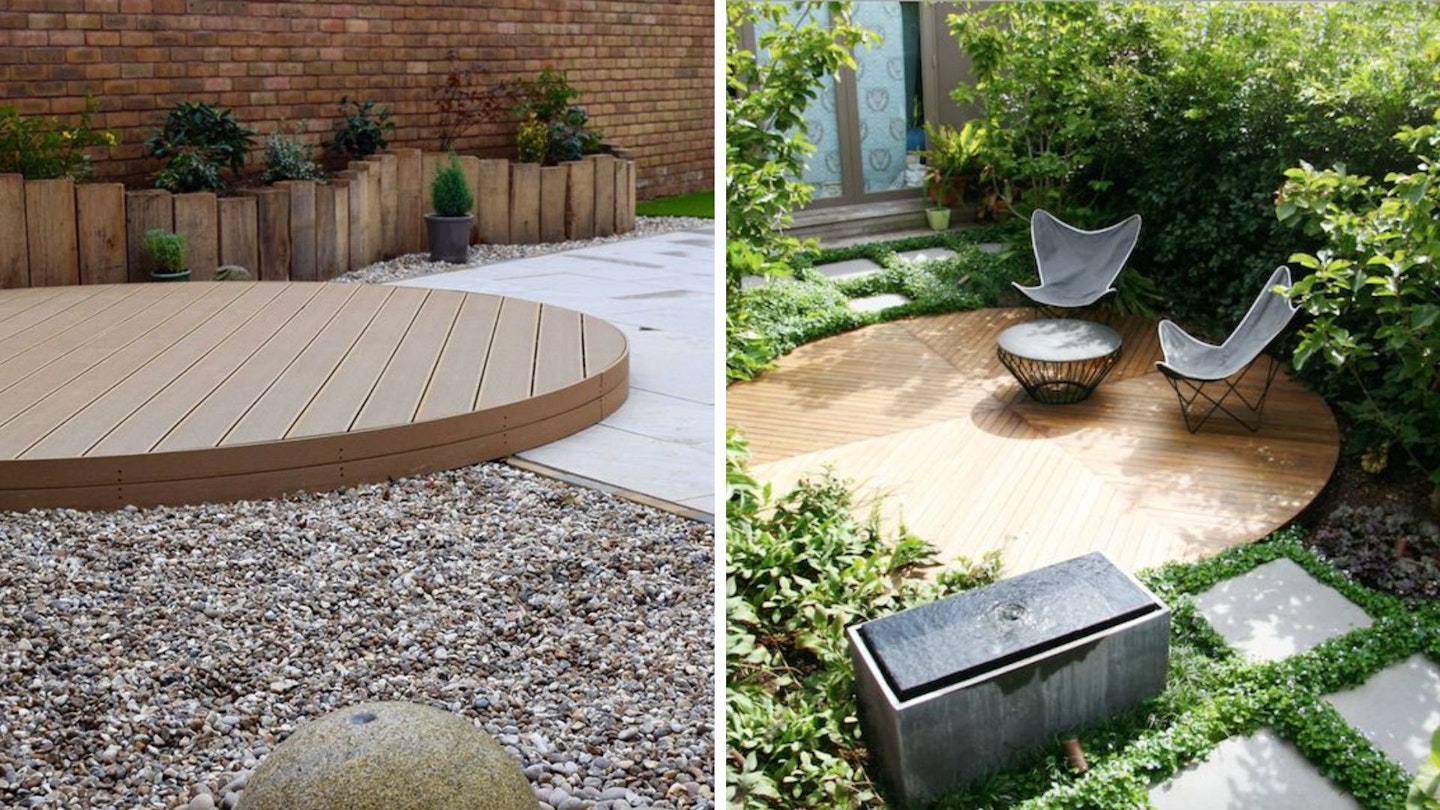
7. Paint your decking
If you already have decking and are looking for a garden make-over, simply adding a new coat of paint to an existing decking can transform the space. Try going with a dark oil to complement your lush garden, creating a luxurious contrast. Will Thompson, head of product marketing at Valspar Paint, reminds the reader: “If you notice spots of bare wood after removing flaking paint, or if you’re drastically changing the colour (for example, going from a dark shade to a lighter one), you will need to apply a primer and undercoat first.” Painting wood can be tricky, so if you want it to look professional, make sure you do your homework. If you’re daunted by the idea, try painting the raised flowerbeds instead- this will still add a contrast to your garden.
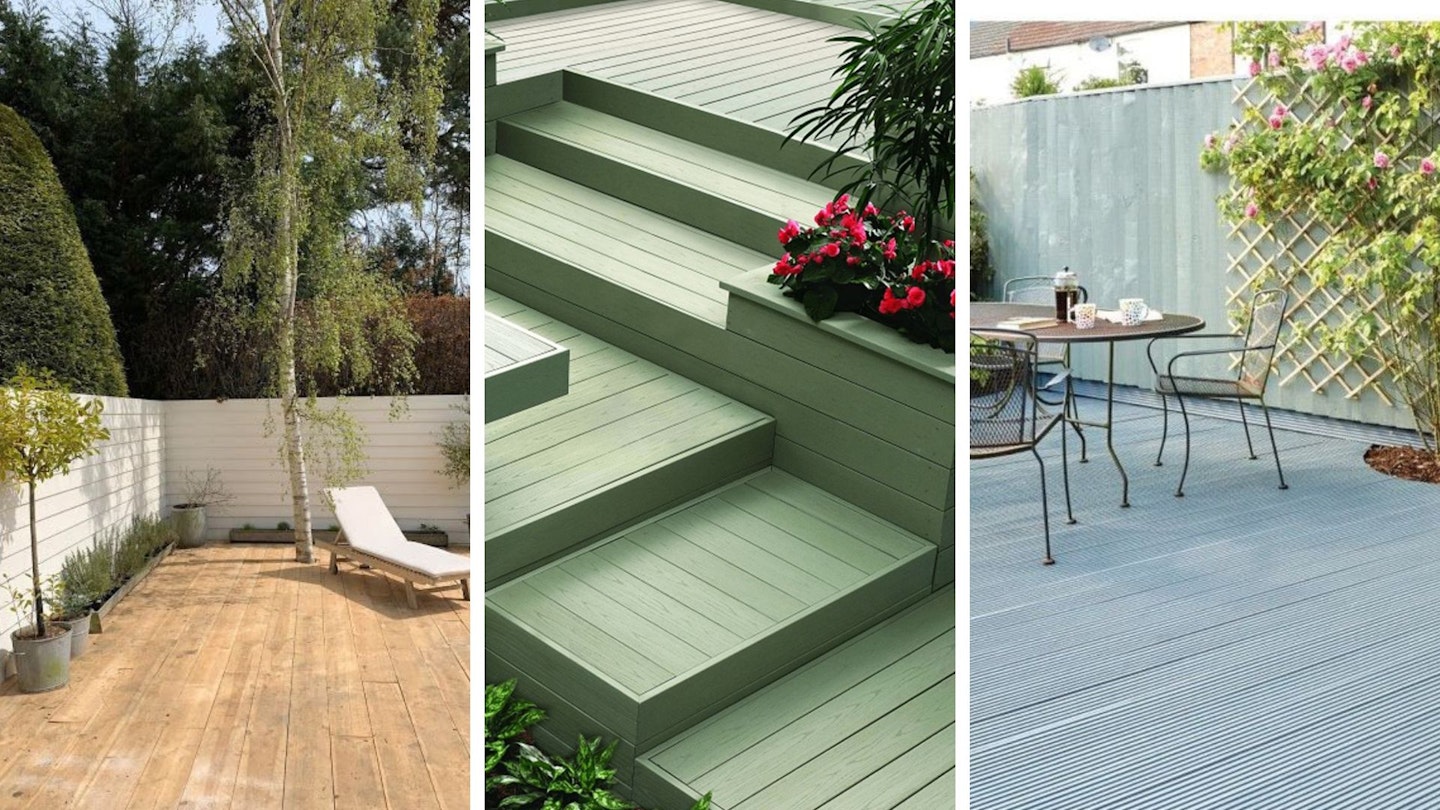
8. Find the right raised planters for your decking
Including some raised planters on your decking will help the space feel more secluded and private. Plants will also add that soft element to an otherwise hard space and help connect your decking with your garden. If you have steps leading up to your decking, consider planting flower beds along the pathway. Idealhome.co.uk recommends the Philadelphus shrub, which “provides a beautiful surround for your decking with pure white flowers and a heavy scent perfect for breathing in while lazing about on your decking.”
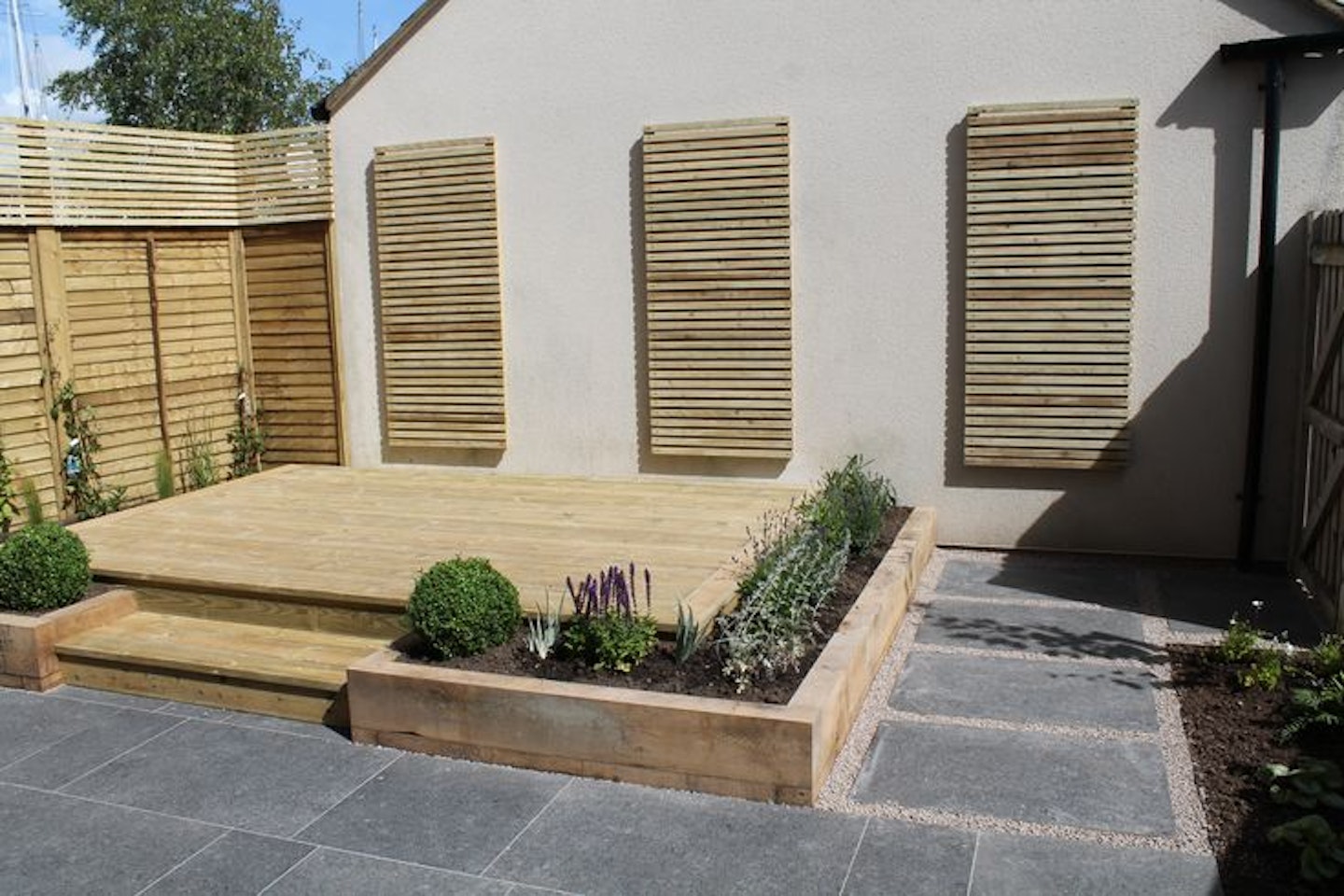
9. Create a sun haven
If you’re lucky enough to get sun in your garden, why not emphasise it by building a deck in that space? Add some seating and you’ve got a designated sunbathing spot! Lighter wood for the decking and furniture will also help to brighten up the space.
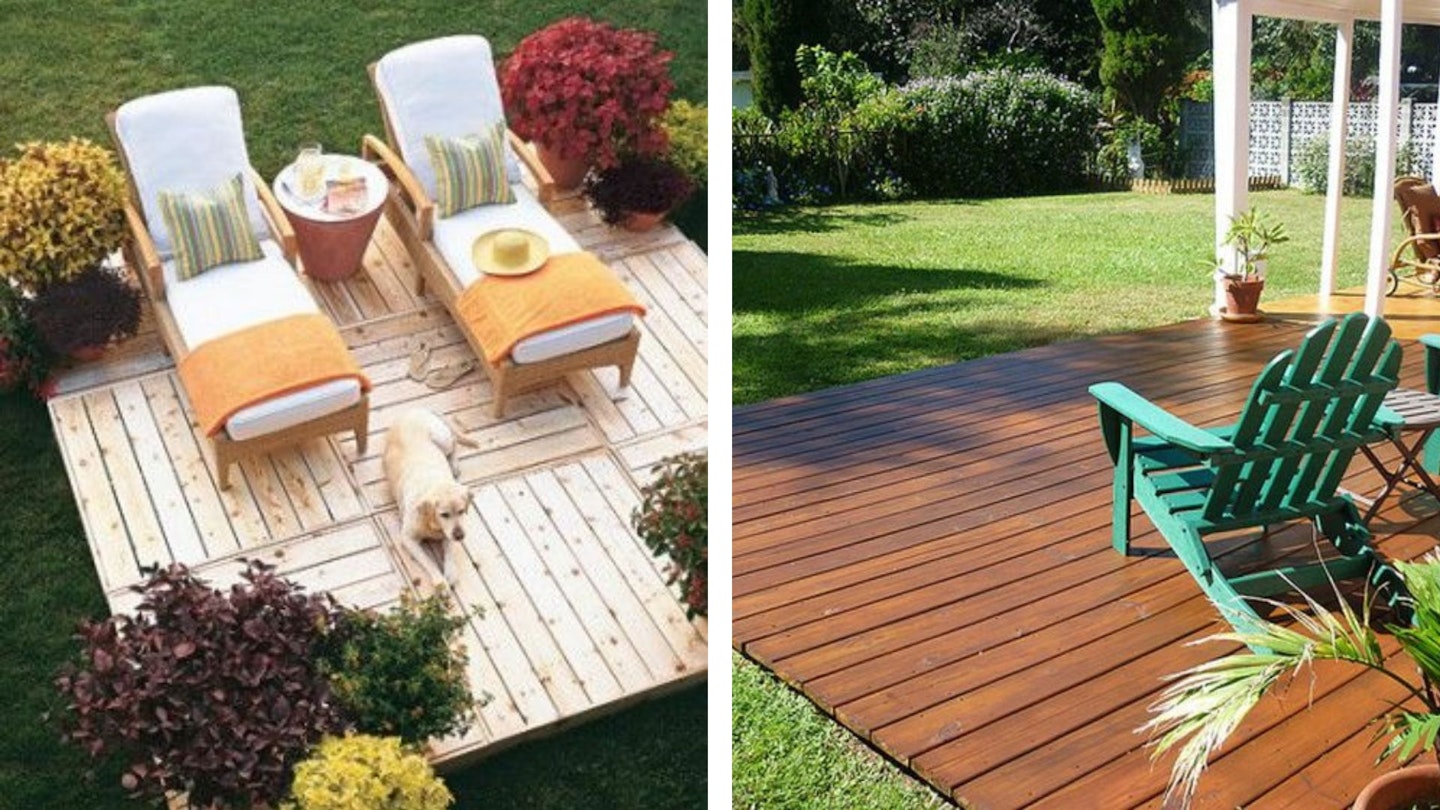
10. Deck lighting
Including outdoor lighting in your decking design is a great opportunity to get creative and bring a functional element to your deck. This can be as simple as hanging outdoor fairy lights to installing LED lights to the underside of your decking. Stake lights are another popular option as they can live among the flowerbeds and are usually solar powered. Steps can also be made more visible when spotlights are installed into the steps. Beth Murton, Head of Gardens for Homes & Gardens, says: “Although it's possible to retro fit lighting, for the sleekest look it is always best to fit it as the same time as your deck… Your decking supplier will be able to advise on the most suitable products to include in your space, especially if you are fitting them near a water feature, pool or hot tub area.” For those cold, dark winter evenings, adding lights -and maybe an outdoor heating- means that you can use your garden all year round!
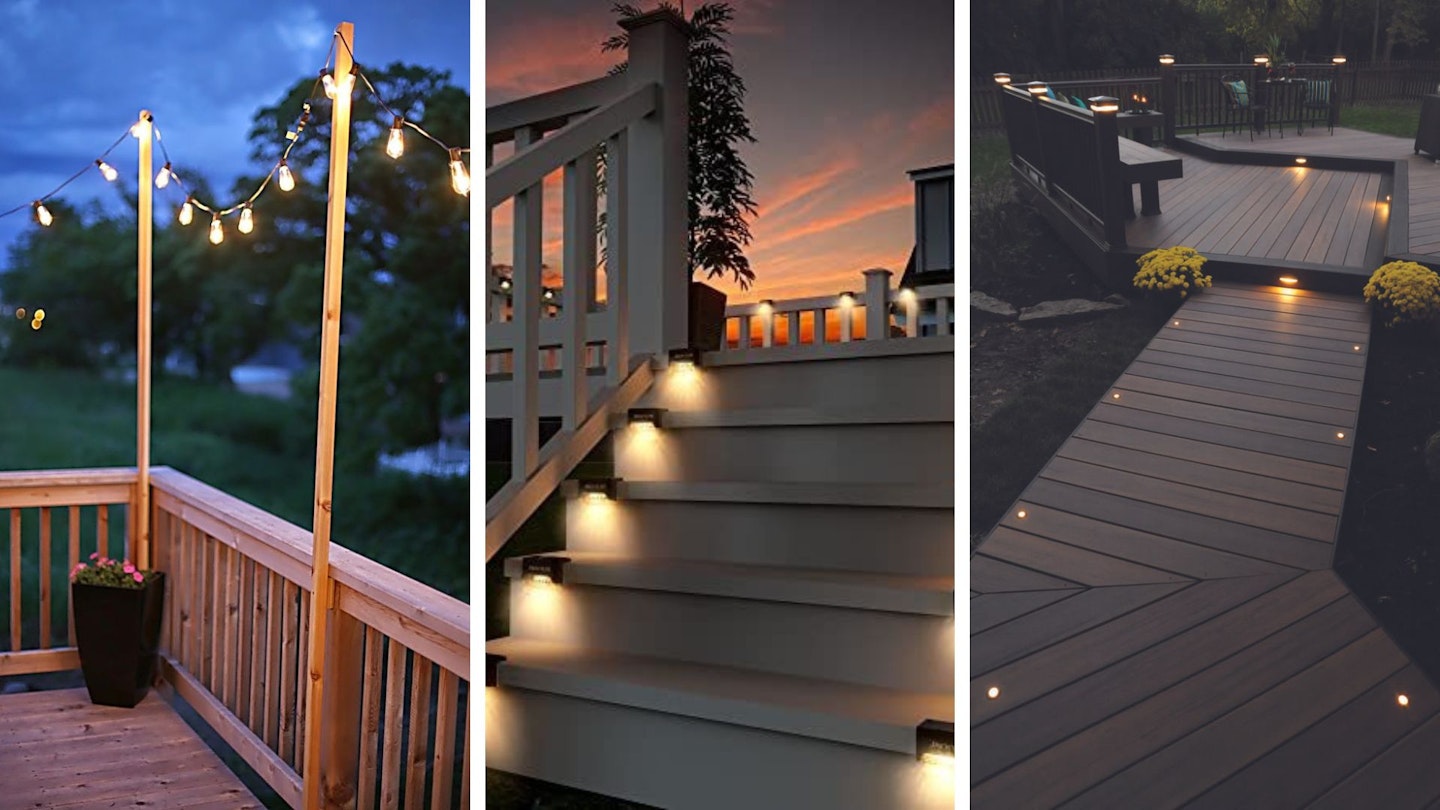
11. Create an outdoor dining space
Introducing outdoor furniture is a great idea for any garden, but placing it on decking helps separate it from the rest of the garden. If you have the space, simply adding a table and chairs to your raised decking can create the perfect setting for al fresco dining. This is a great location for date nights, family dinners, or an after work cocktail.
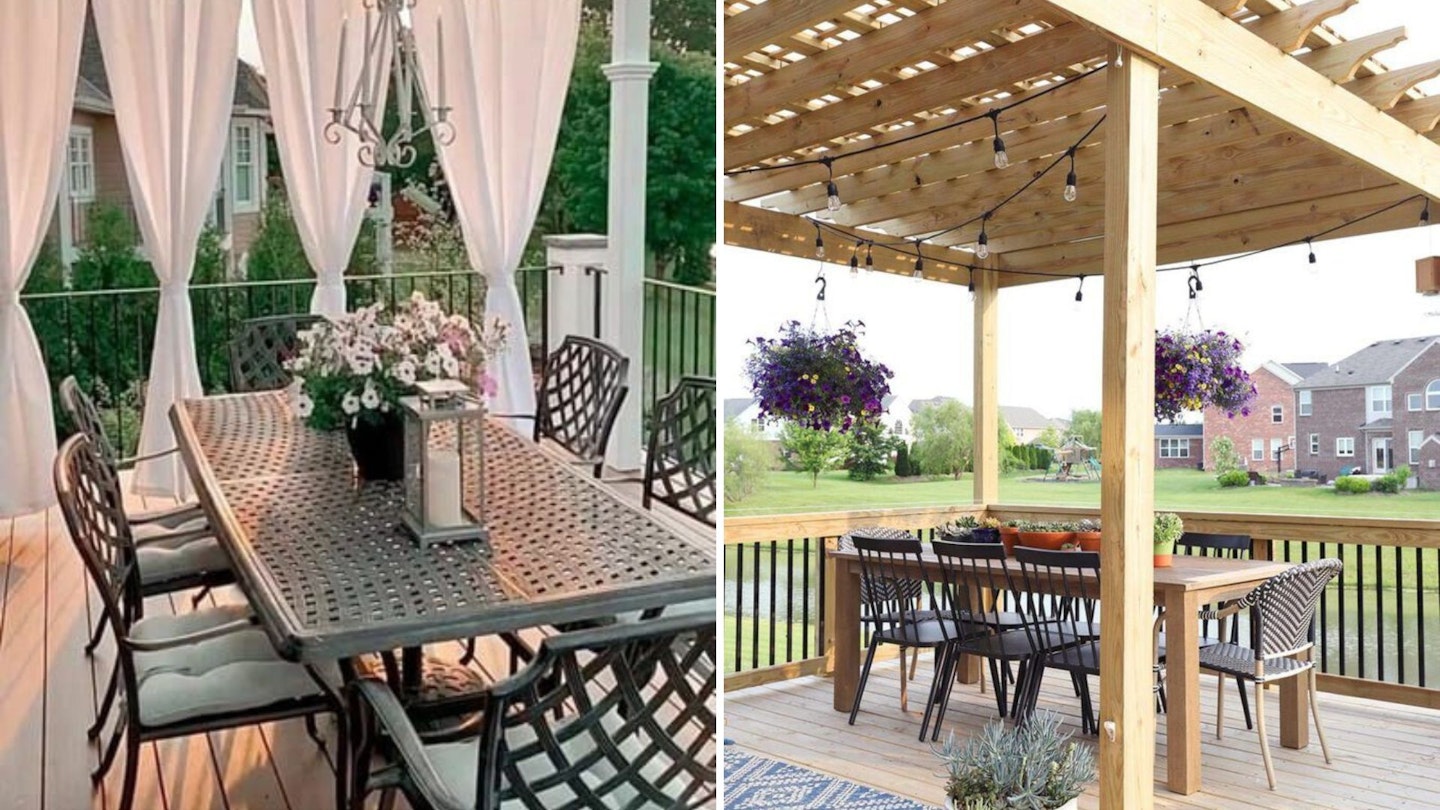
12. Add railings
Adding railings to your existing decking is not only a safety feature, but can also completely change the look of a deck. What was once an ordinary plain deck is now a hang-out space or a dining area. You can get creative with these, so make sure you research the different types of railings available. You can also add hanging plants and lights to really make the space your own.
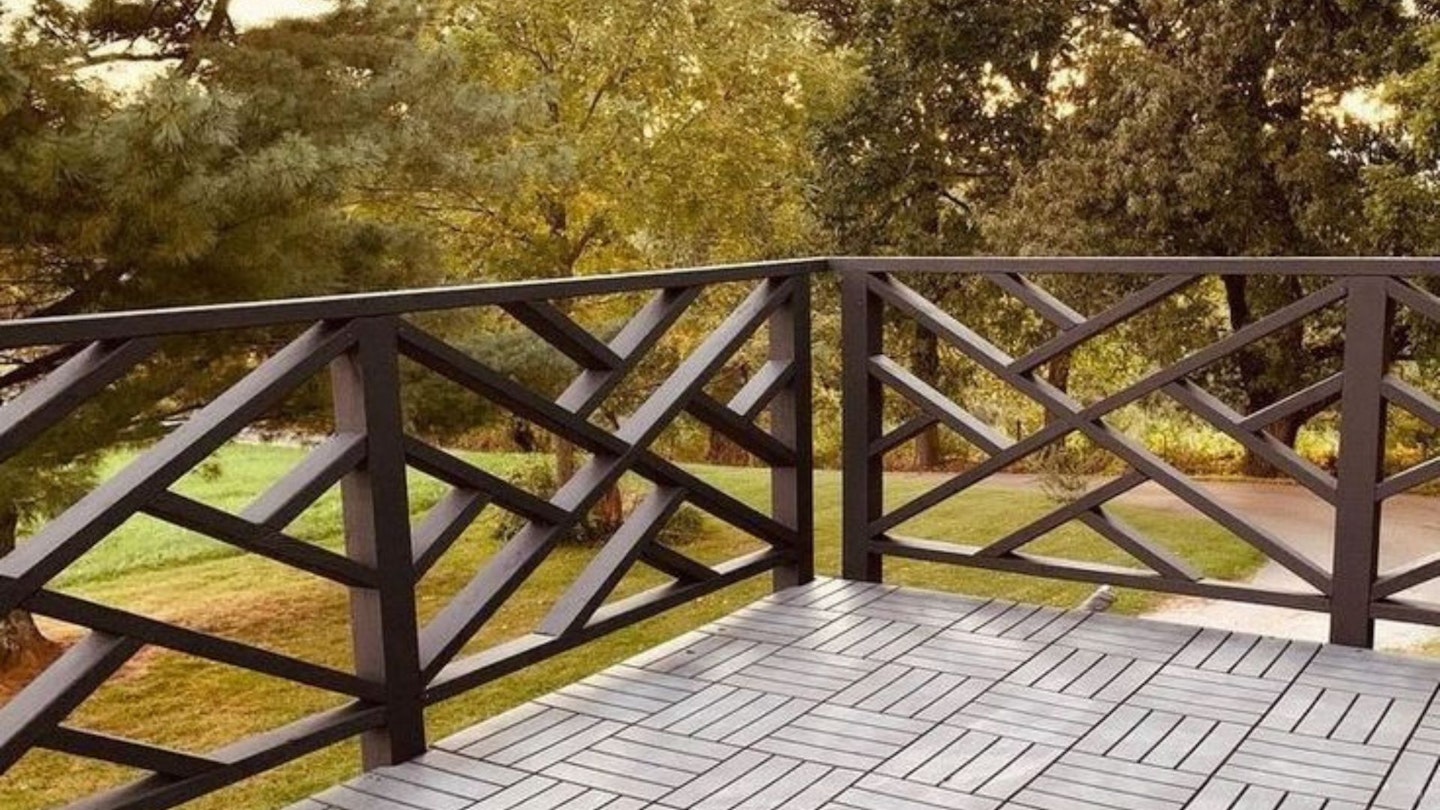
13. Add accessories
If you've already added garden furniture to your decking but you're still not satisfied, why not go one step further? Adding cushions and throws can brighten up the space and draw the eye to the secluded decking area you've already created. The patterns you choose can also affect the space; do you want to go Boho? Or Mediterranean? It's completely up to you. Try fake plants or flowers to help the decking blend in with the rest of your greenery. Don't stop there, you can add candlesticks, wicker baskets, candles, or anything else found in your living space. You'd be surprised how simply adding an outdoor rug can spruce up your space.
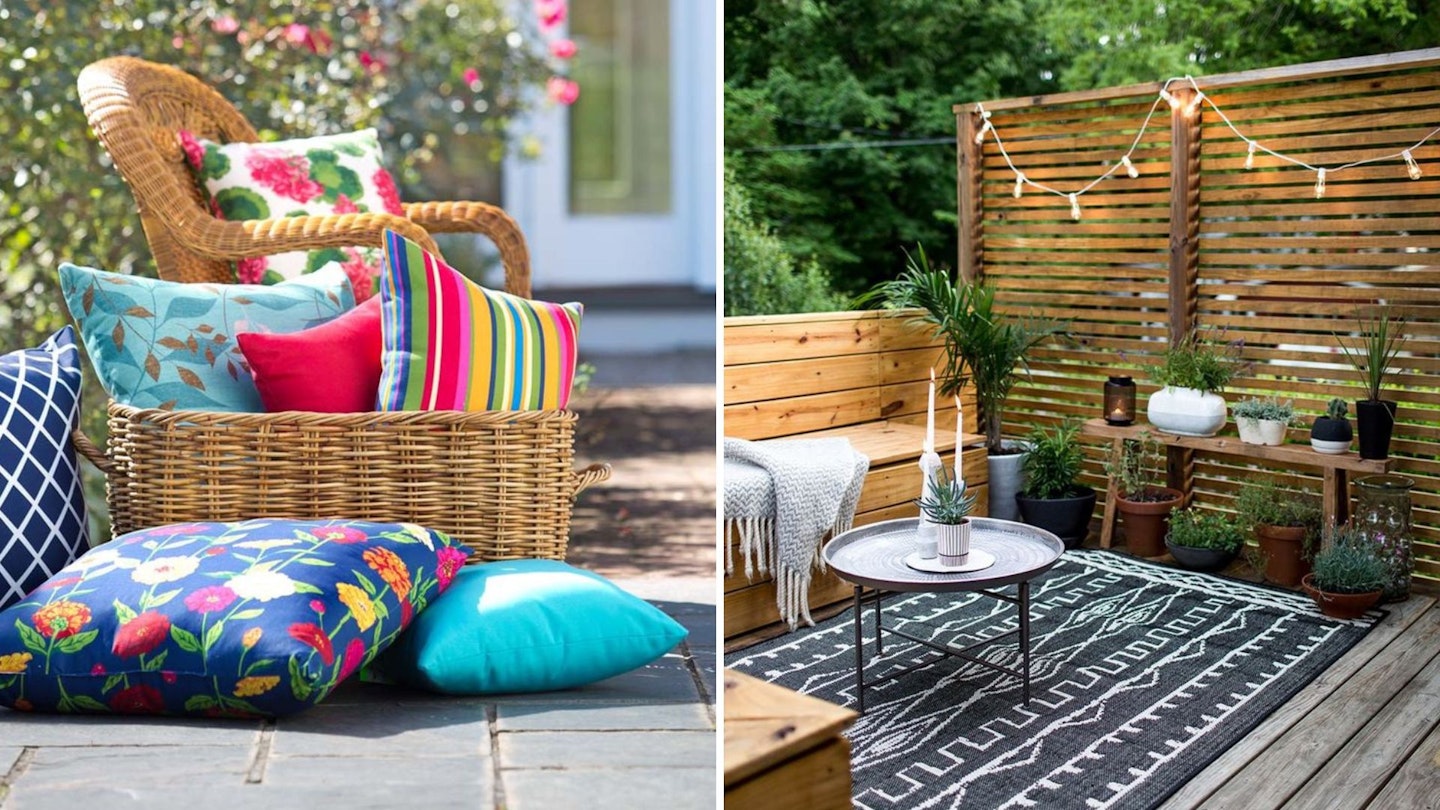
FAQs
Do I need planning permission to build raised decking?
In the UK, if the decking you want to build is over 30cm above ground level, you will require planning permission. As well as this, if your decking is going to cover more than 50% of the total garden area, you will require planning permission even if the decking is under 30cm in height.
What do I put underneath raised decking?
Many recommend putting a gravel bed beneath your raised decking. This prevents moisture from building up under the deck and can deter weeds from growing under the deck. A gravel bed also helps with drainage, and with UK weather this is always needed.
What is the average lifespan of decking?
Decking will last, on average, about 10-15 years. If your decking is well-maintained it will last longer, so be sure to regularly oil your deck.
Sarah O’Byrne has been an editorial assistant at heat, Closer and Yours since May 2023. She has a BA in English with Film and an MA in Literature and Culture - both from University College Dublin.
To enjoy more regular stories just like this, become a Yours subscriber and become part of our fun and friendly community of like-minded readers.
